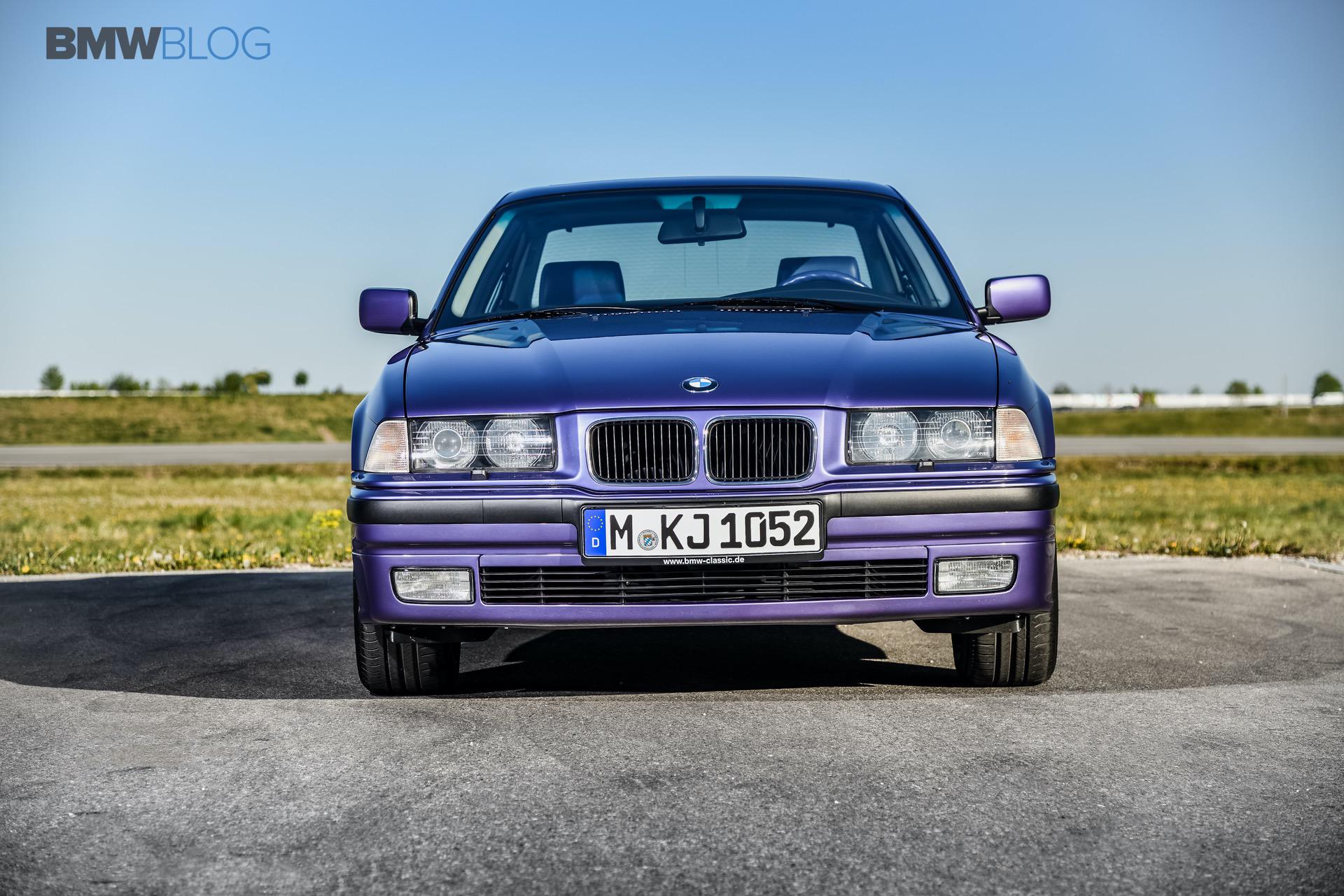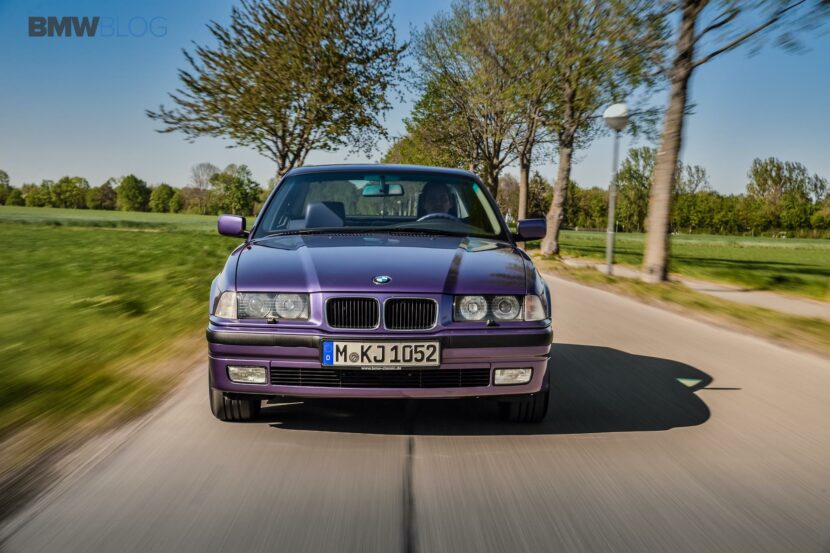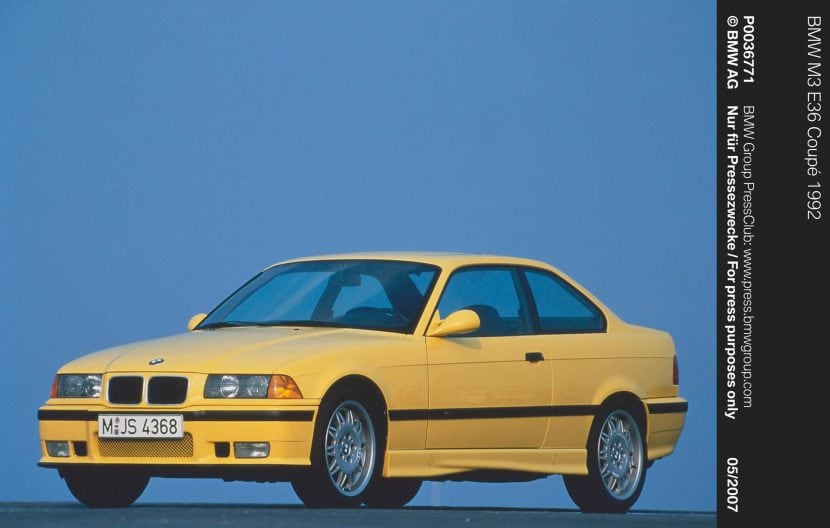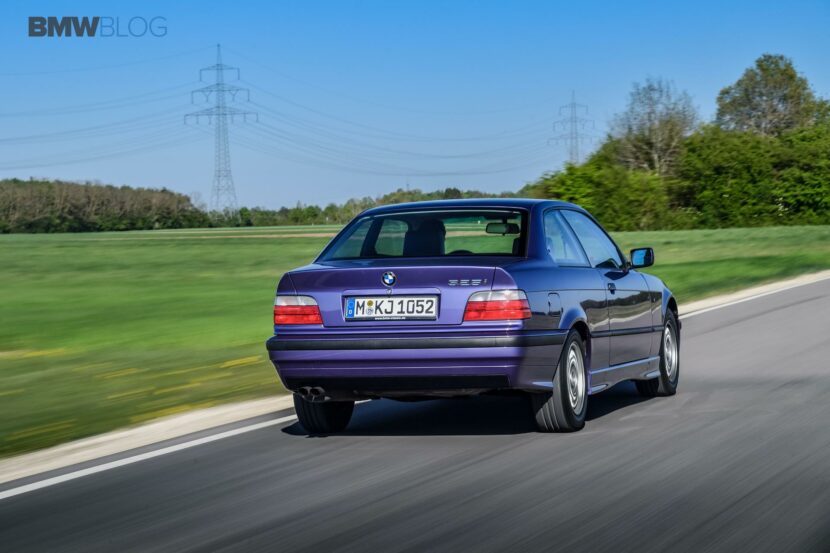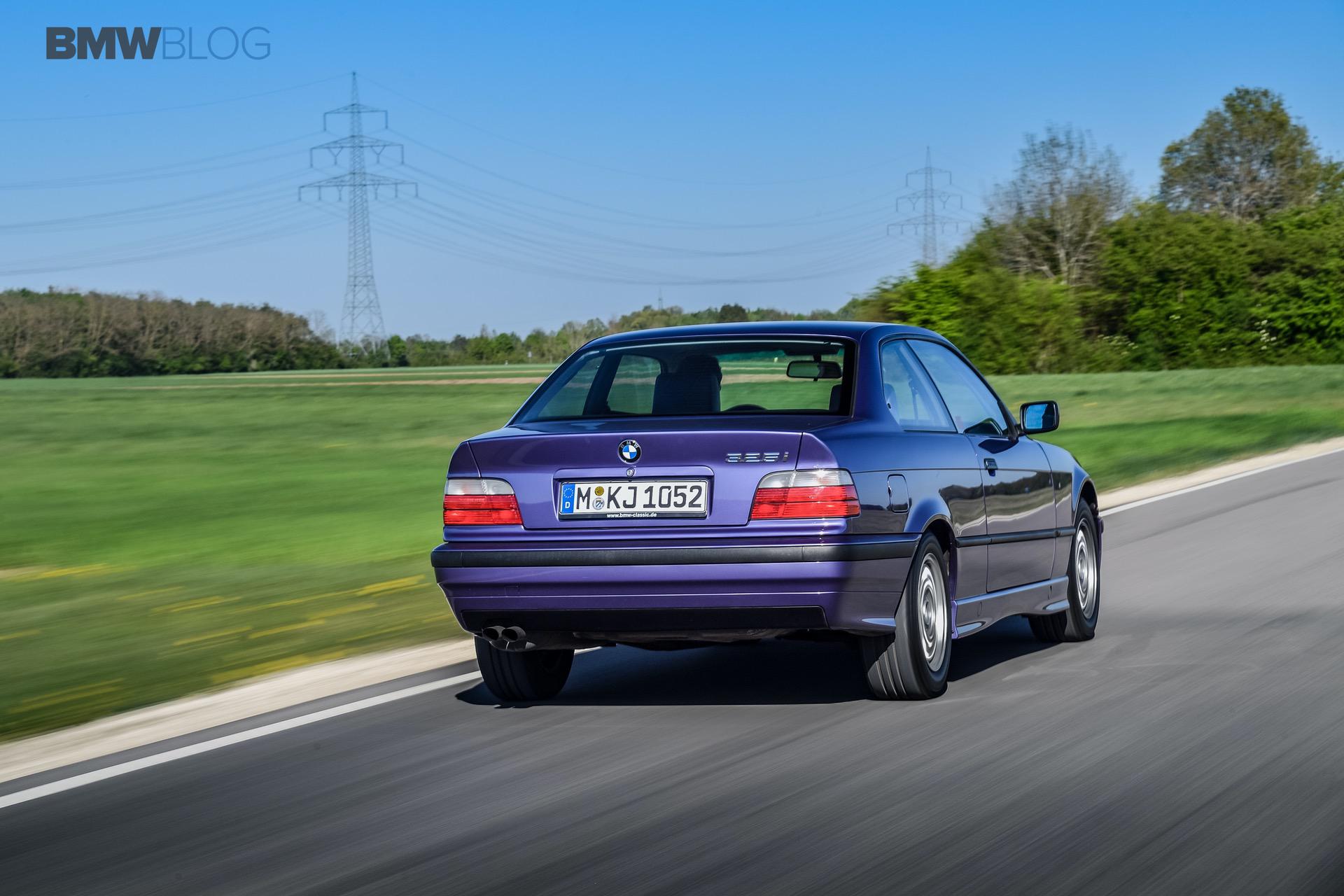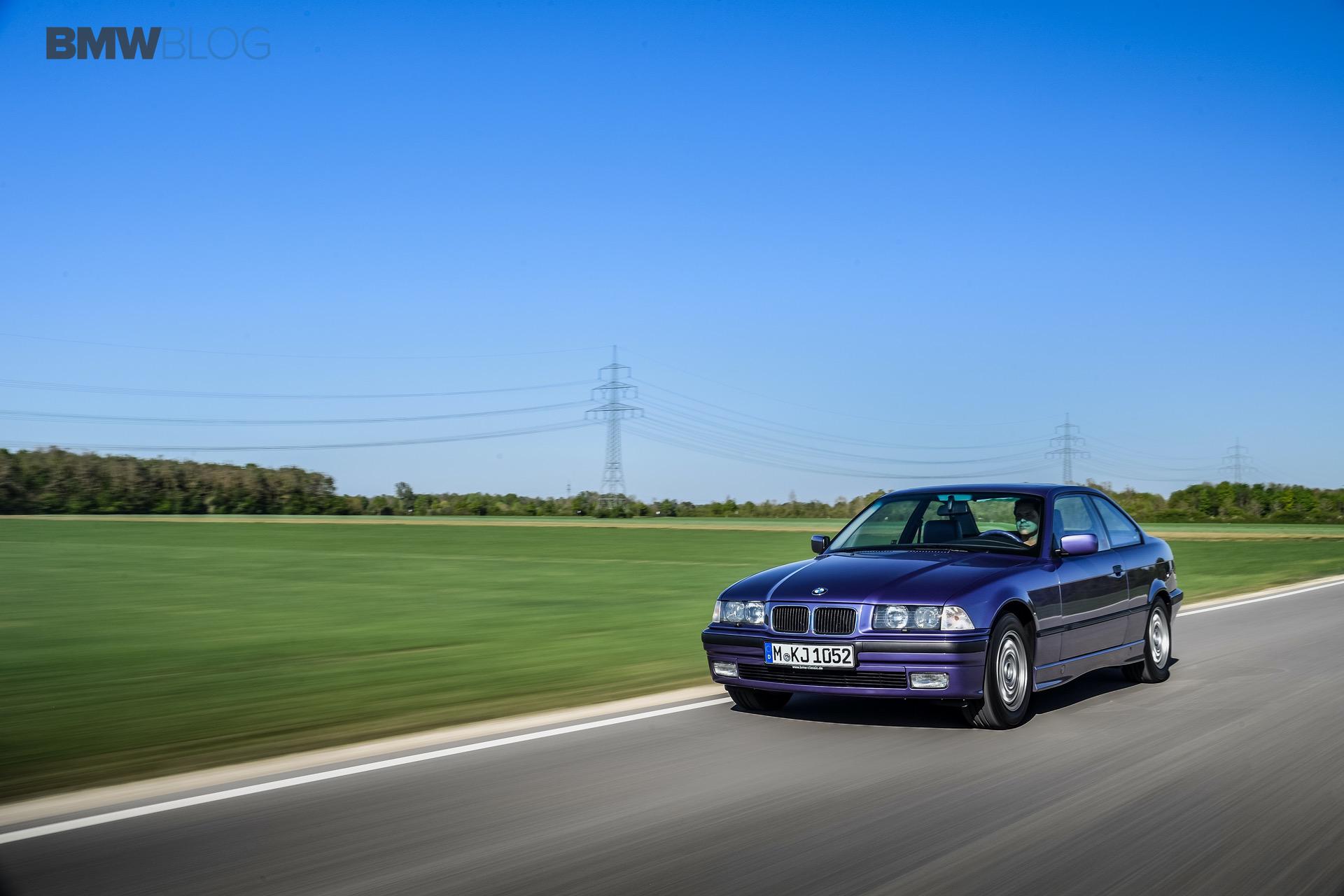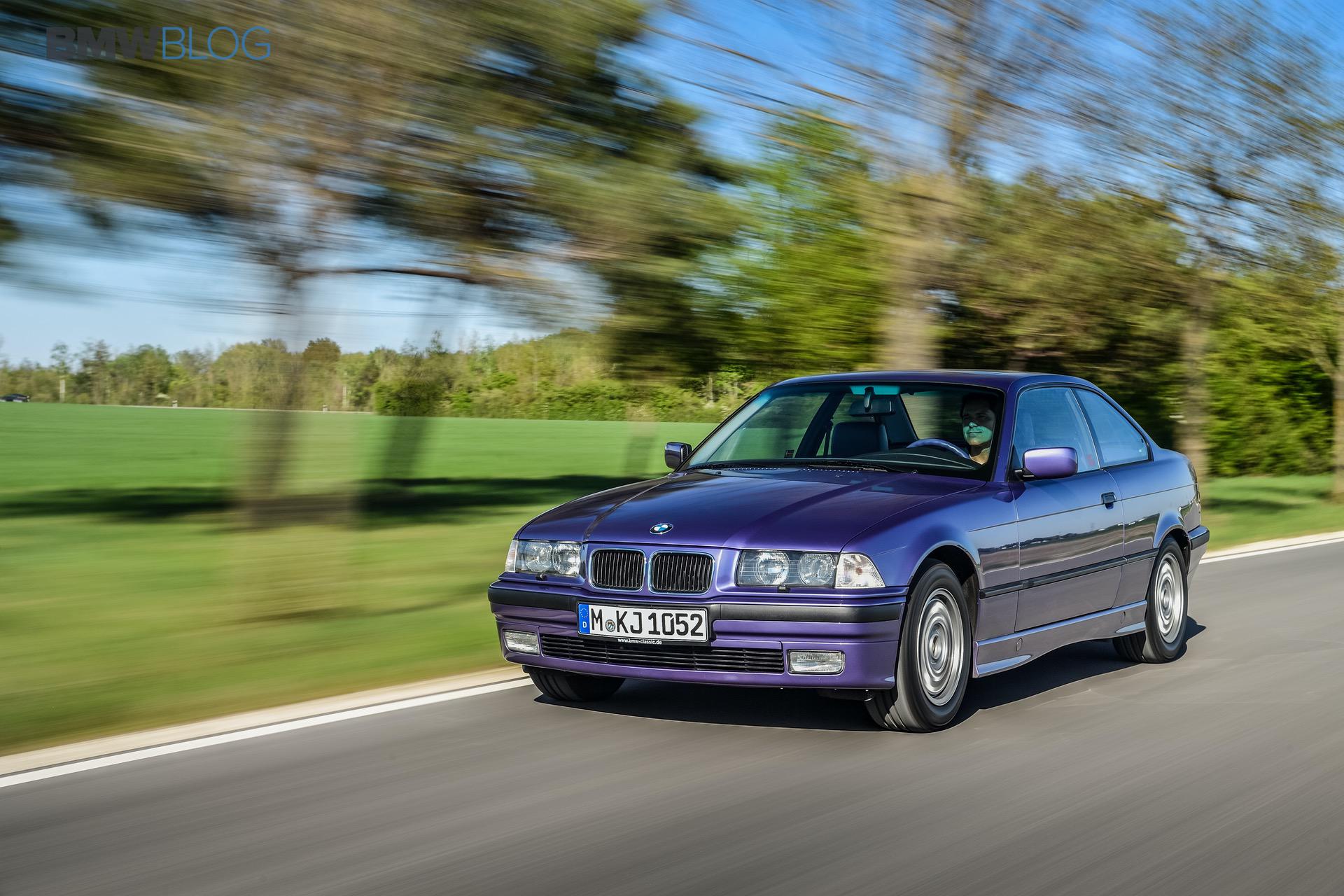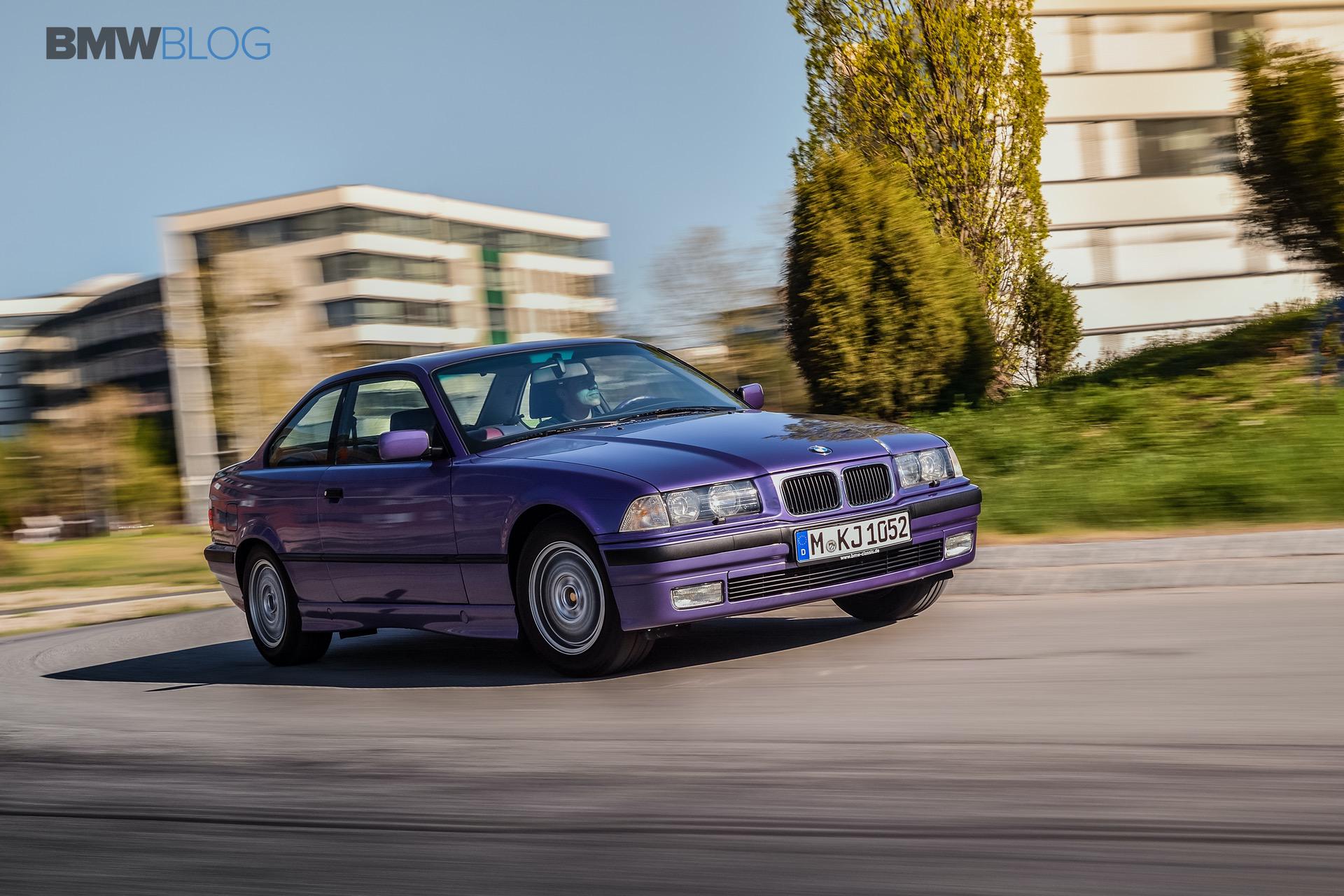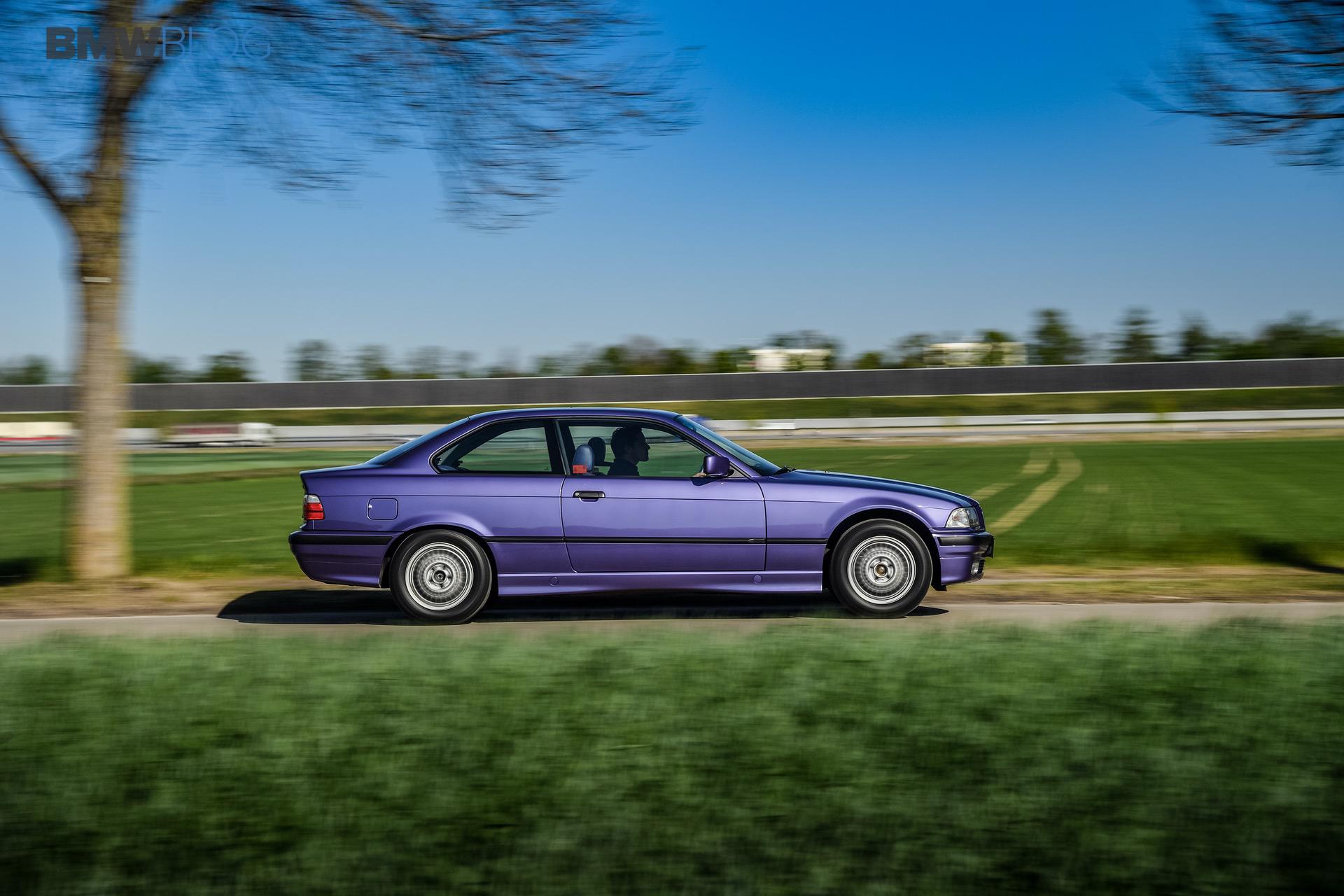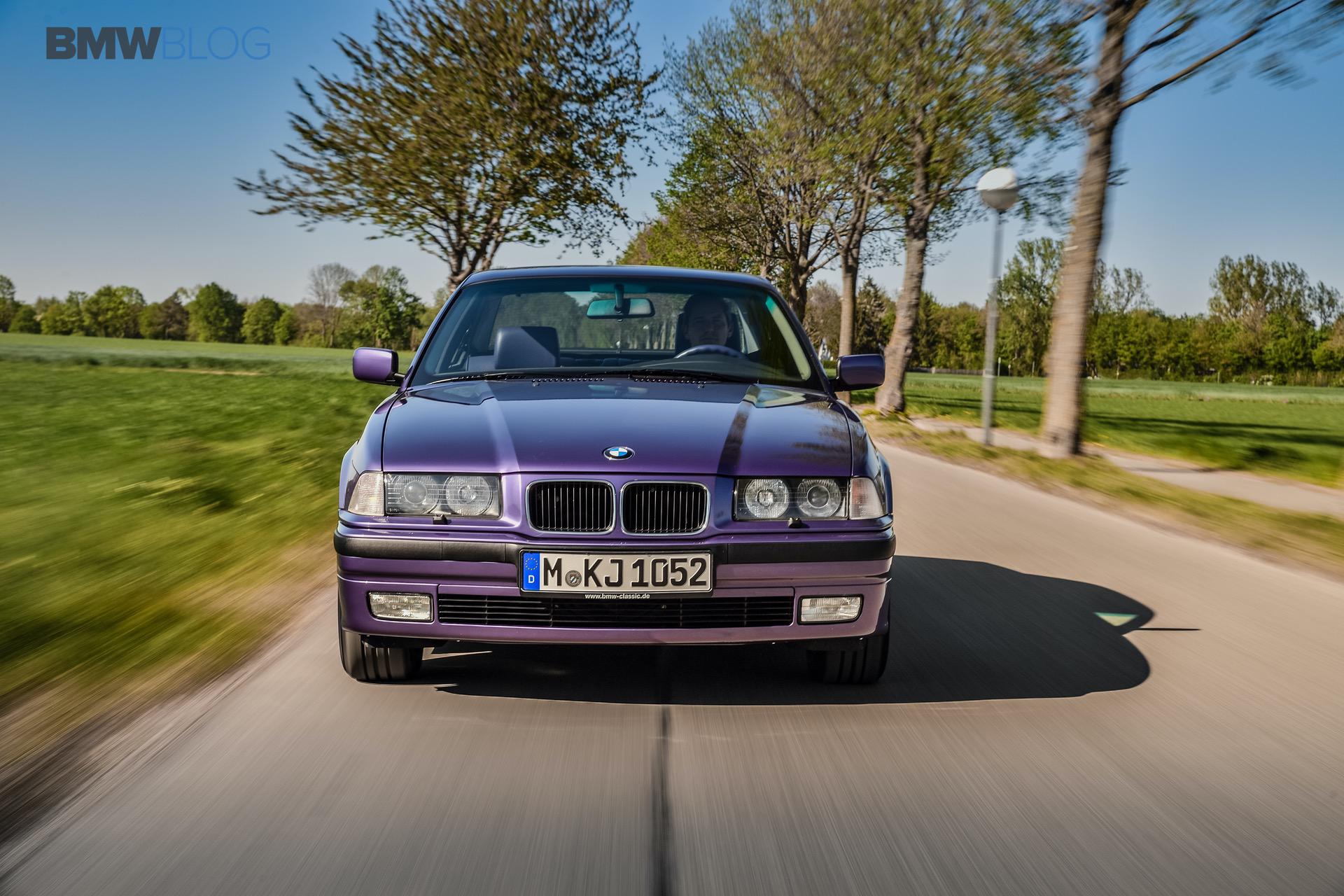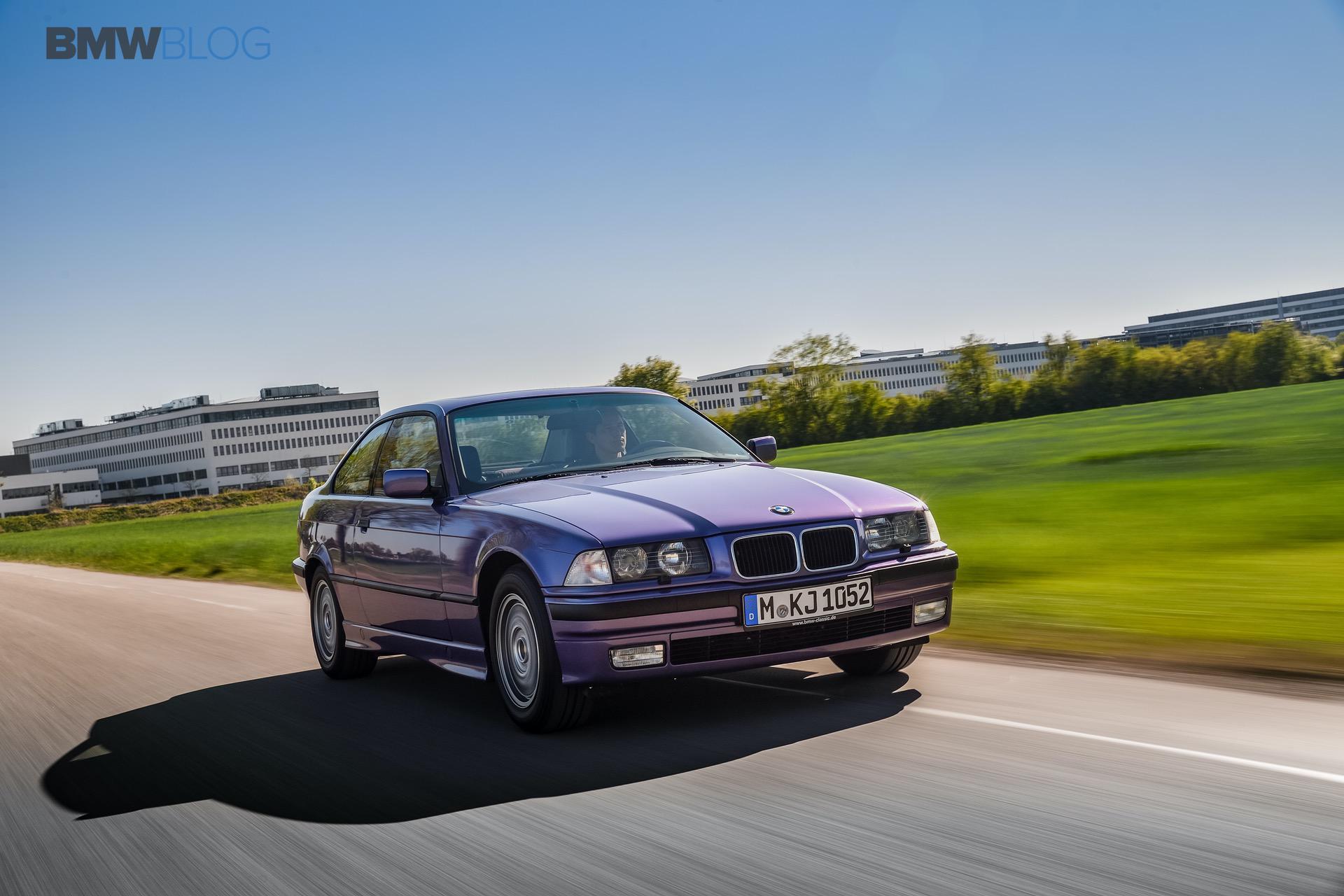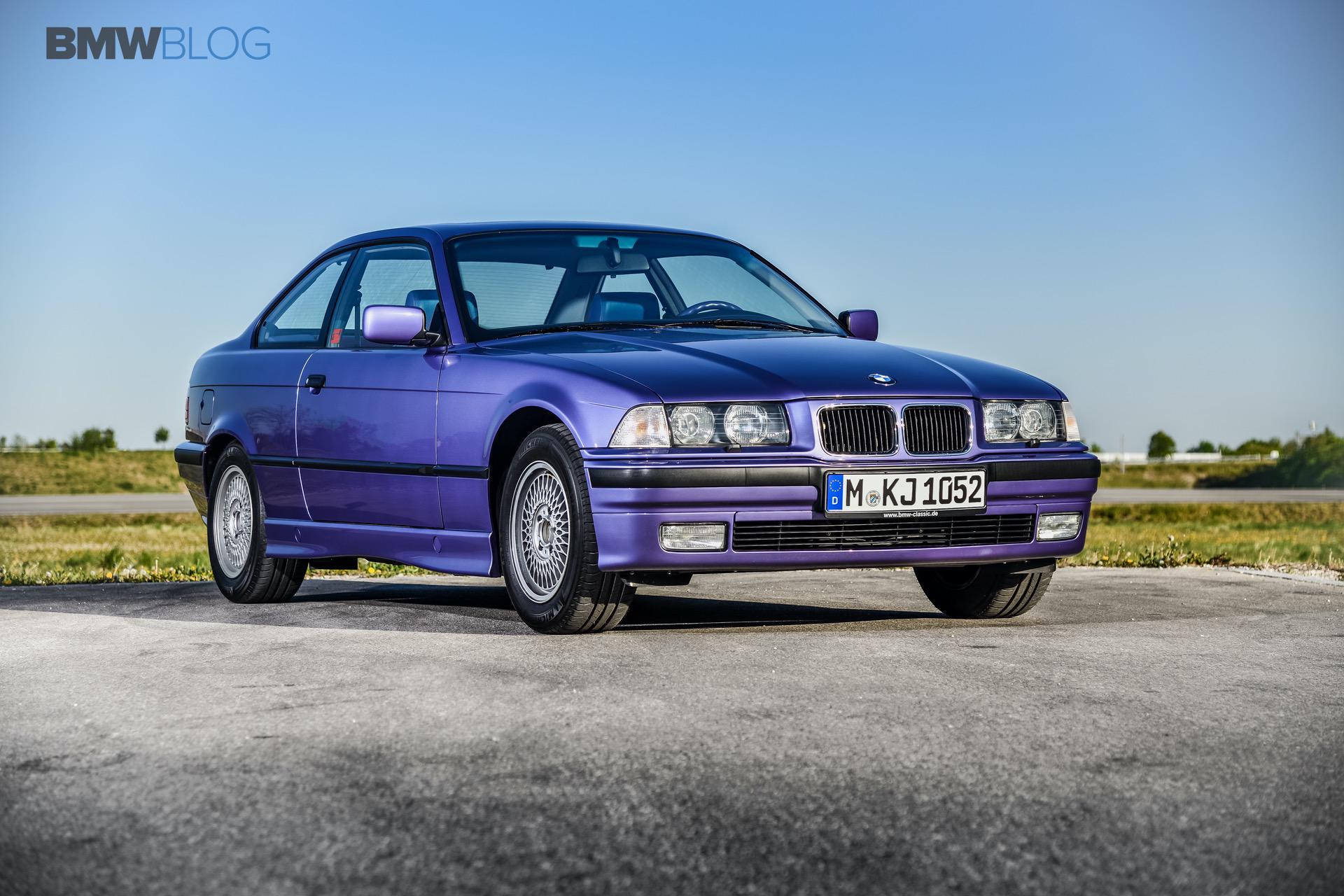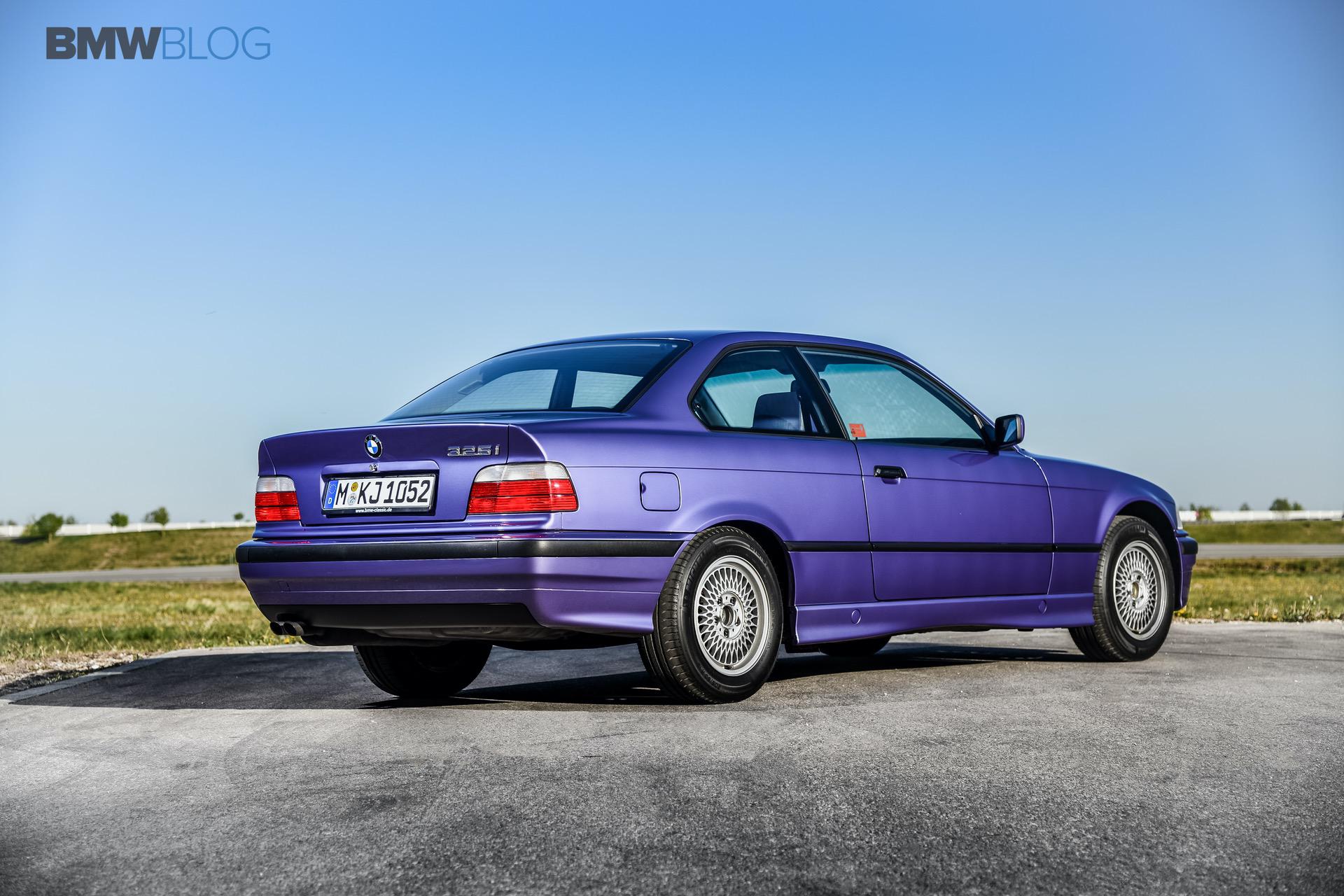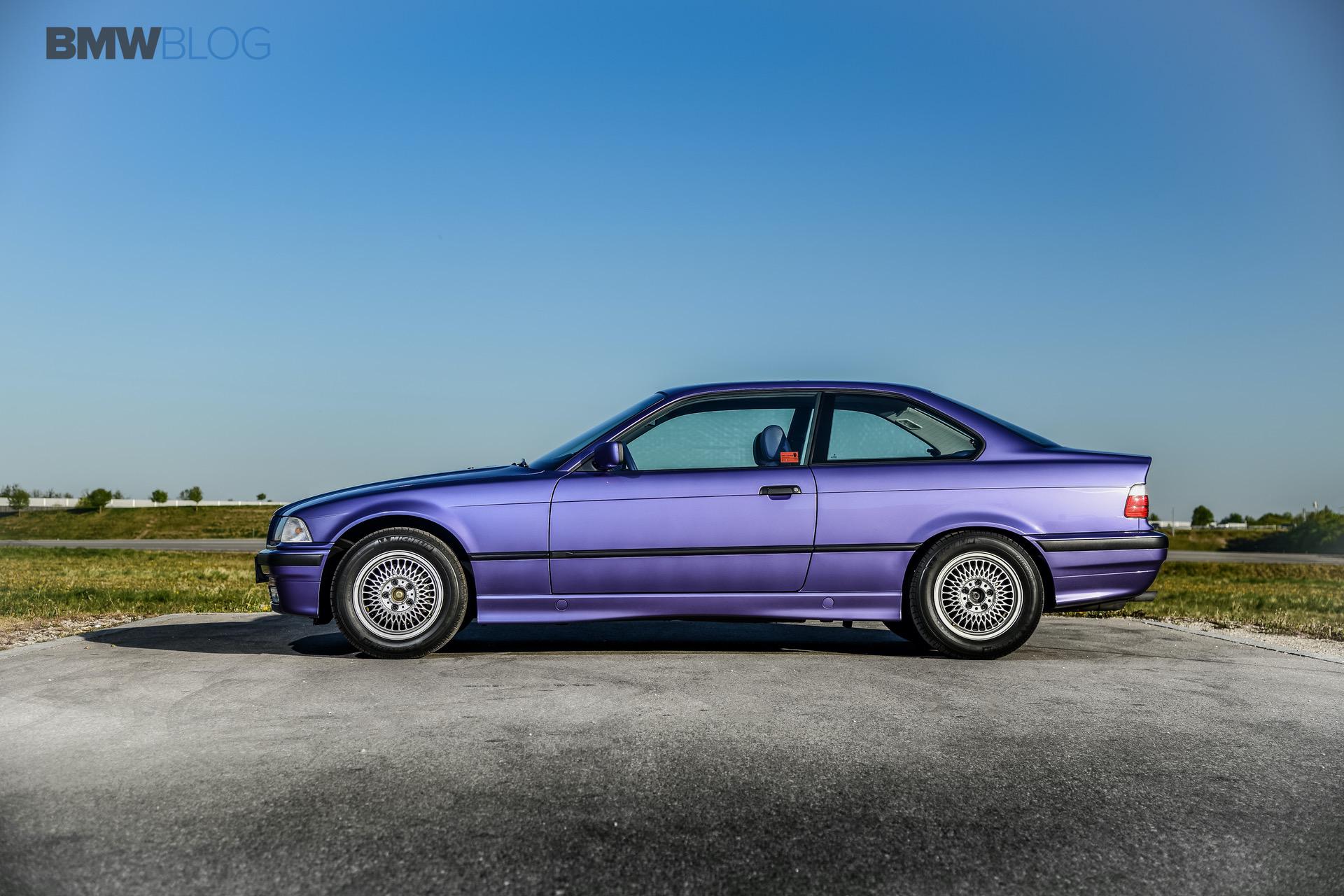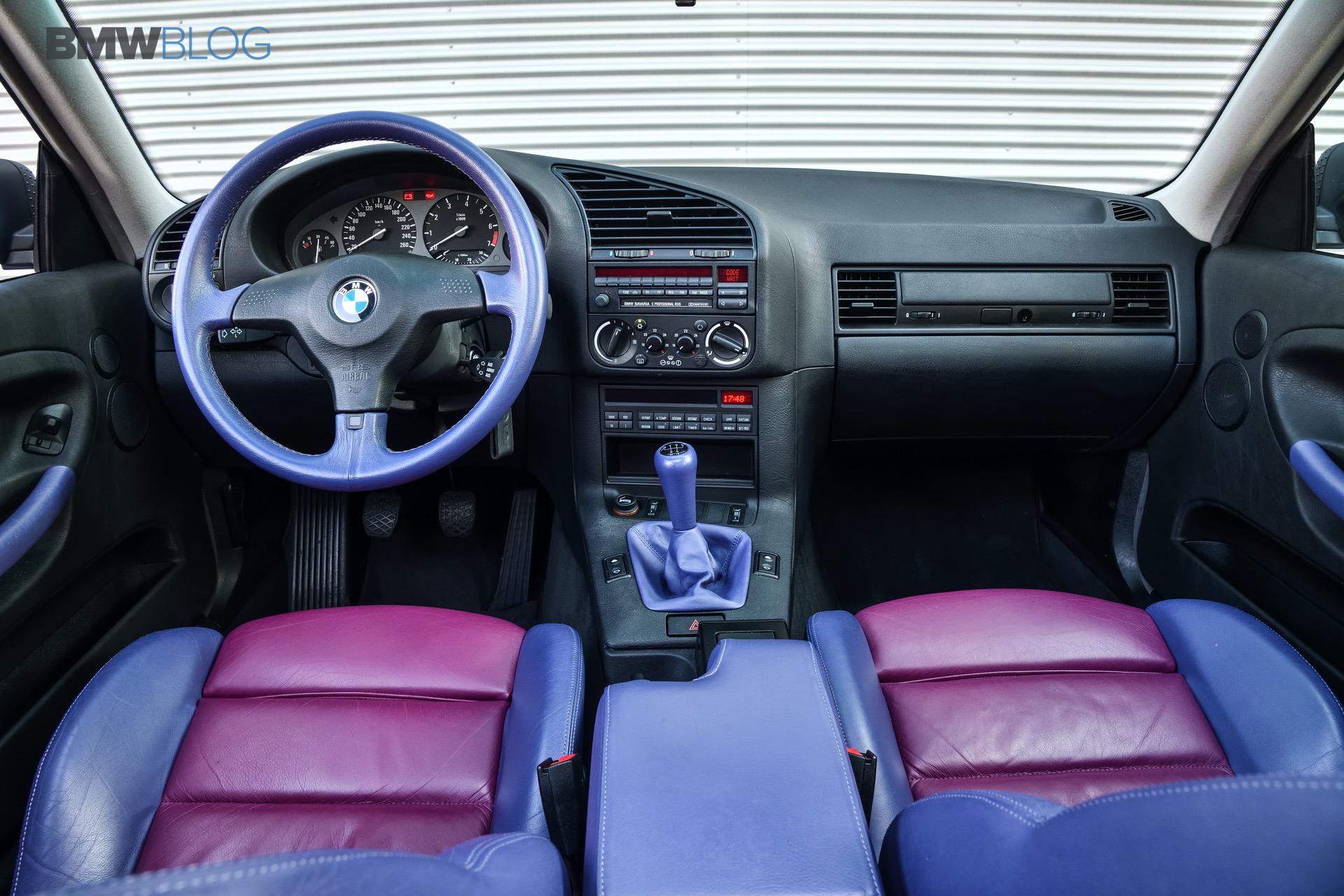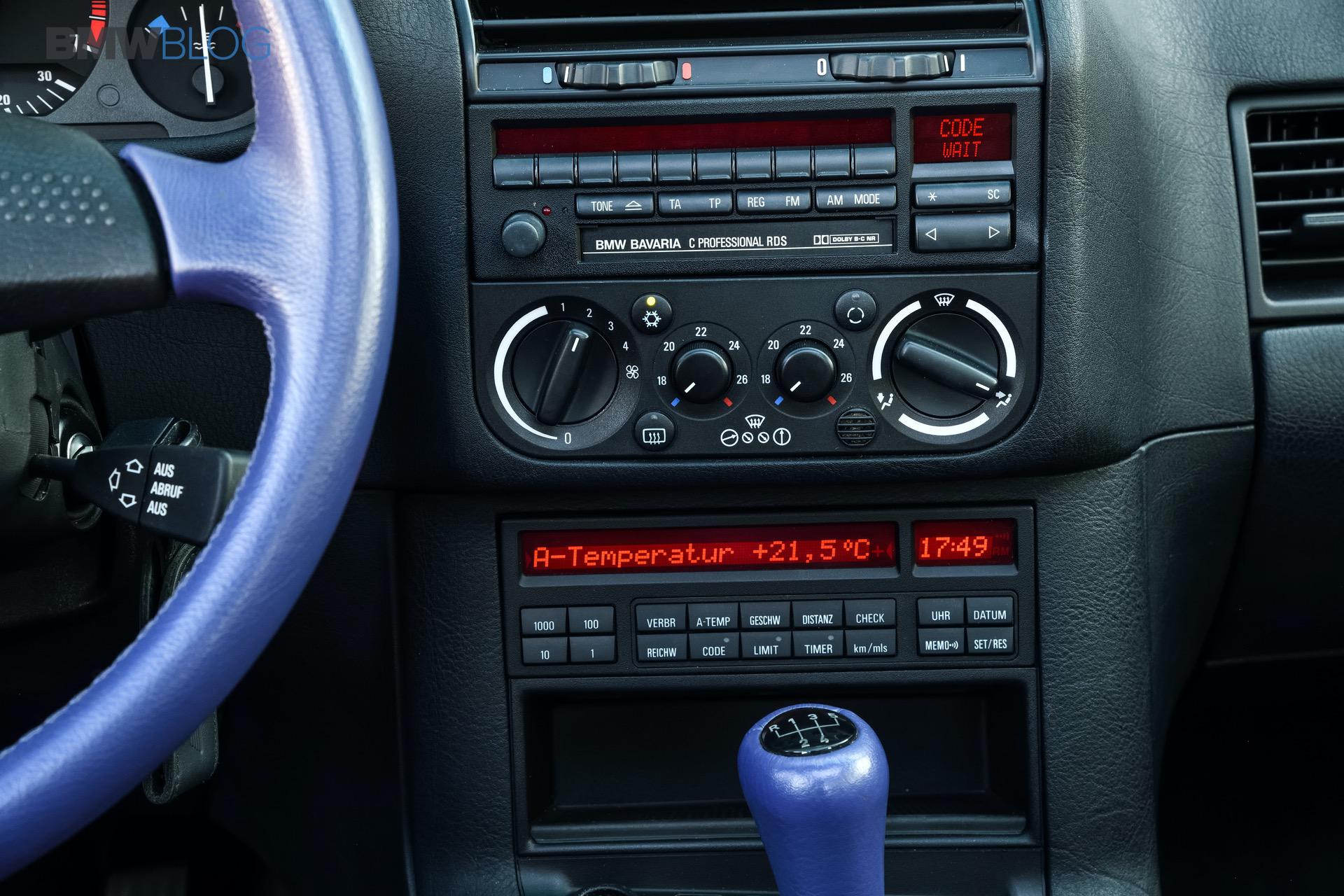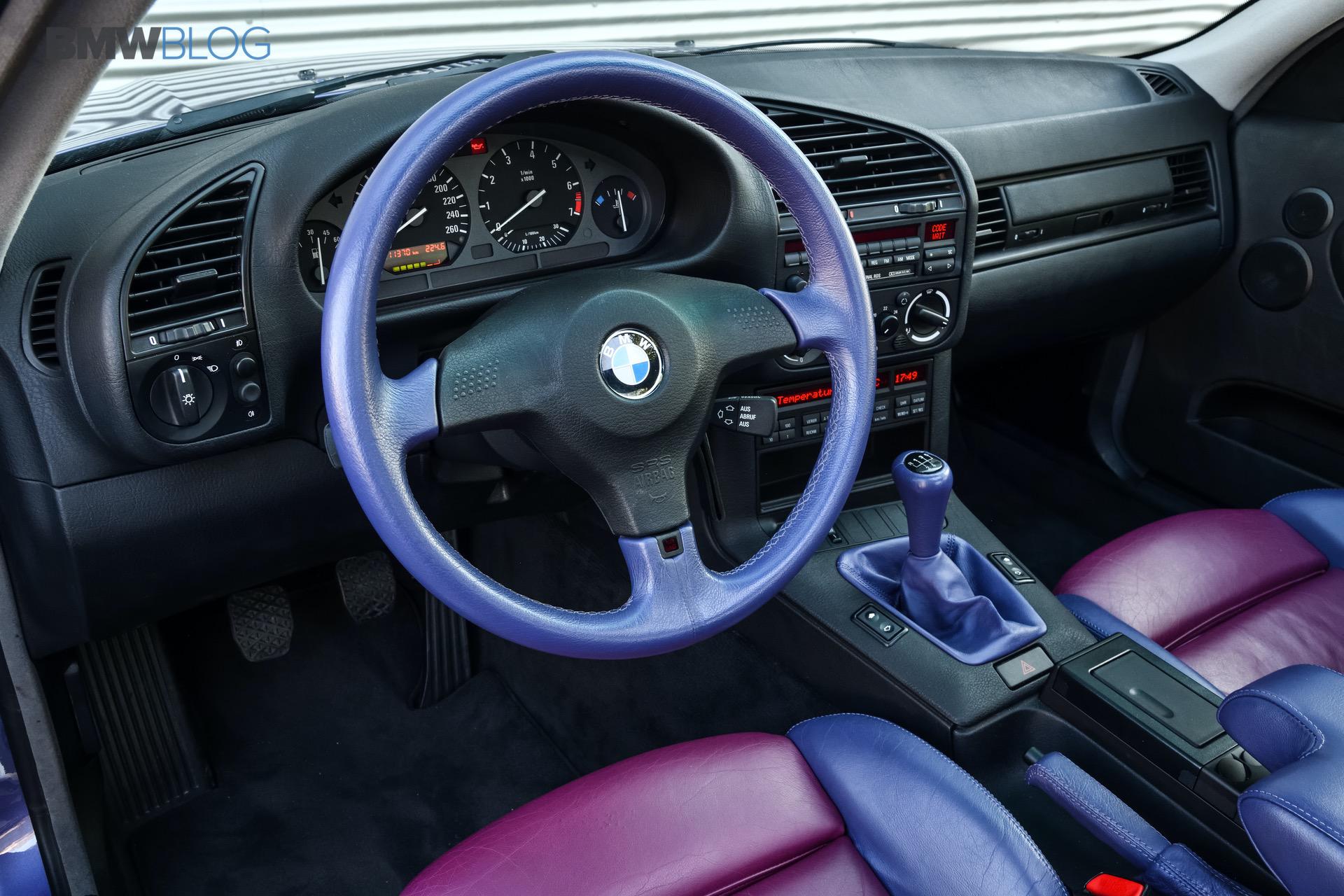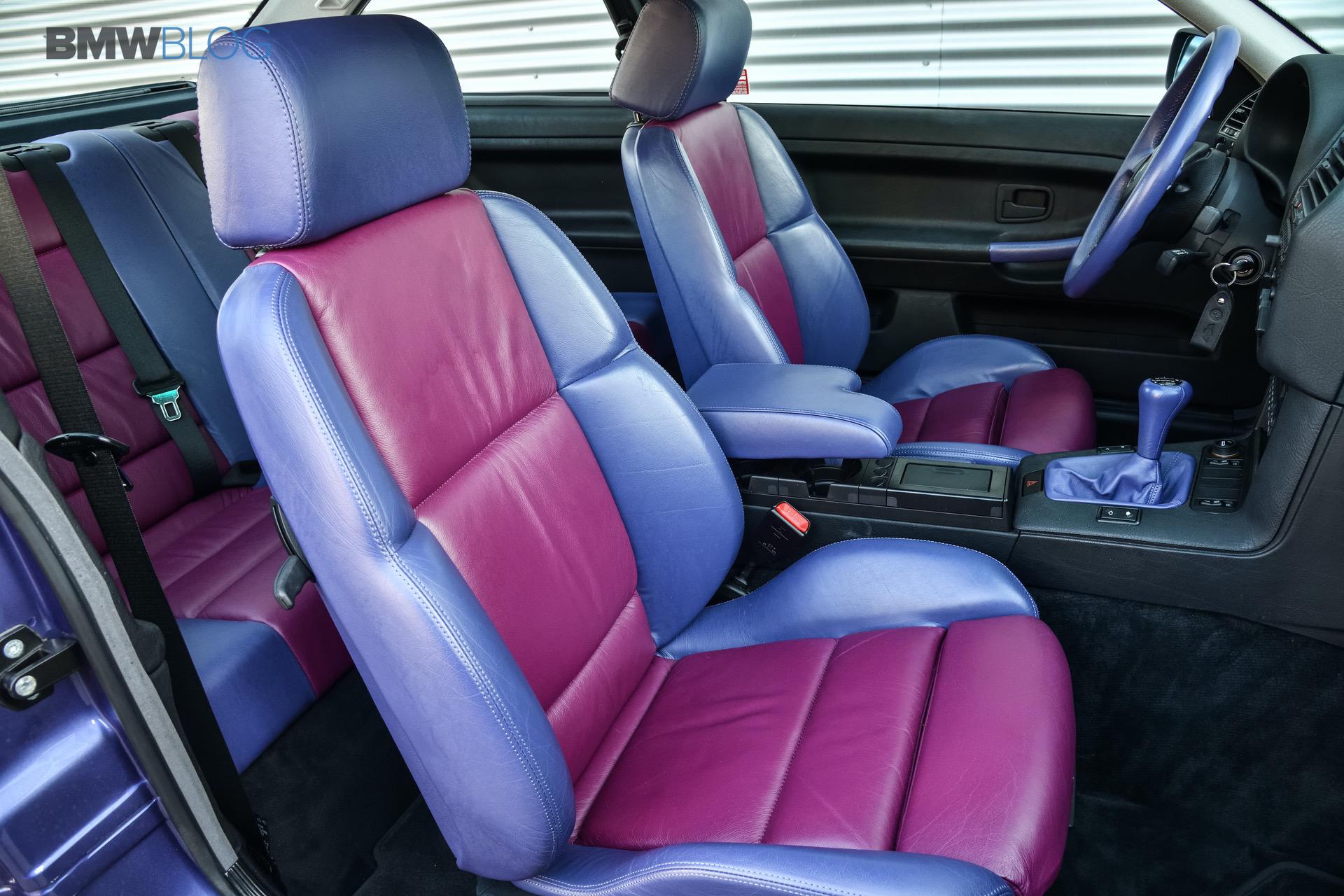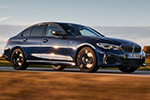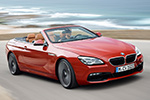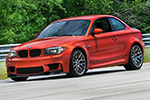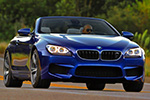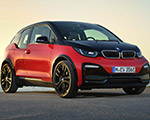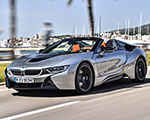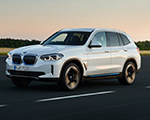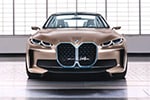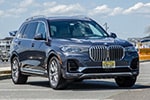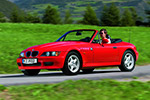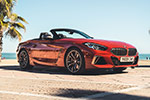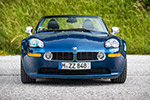As BMW marks the 50th anniversary of the 3 Series, BMWBLOG is exploring the model’s storied history and contribution to the automaker’s success. We’ve already analyzed the first and second generations—that is, the E21 and the E30. The former enabled BMW to tackle the auto industry’s safety, environmental and fuel crises of the 1970s and 1980s, whereas the latter established the unique identity of the 3 Series by significantly widening its base. Both were commercial successes.
That said, today we are going to talk about the third-generation 3 Series, designated the E36. It was built between 1990 and 2000, with a total output of 2.7 million units. For reference, there were 1.3 million E21s and 2.34 million E30s made. Not to mention that just as the E30’s platform was used for the limited-run Z1, the E36’s platform underpinned the Z3 sports car, which was mass-produced and featured in the James Bond: Goldeneye movie.
Commercial Success Coupled with Critical Acclaim
The E36 3 Series was not only a commercial success but it was also critically acclaimed. It received rave reviews from publications such as Autocar, Road & Track and Performance Car, and it was included on Car and Driver’s 10Best list every year it was on sale. The vehicle’s design was, of course, the first thing that stood out. The E36 was more aerodynamic and contemporary than its predecessors, resulting in better efficiency, performance and visual appeal. It was also the first 3 Series to be available as a hatchback.
Apart from that, the E36 featured upgraded powertrain options. The entry-level 316i produced ‘only’ around 100 horsepower, but the 325i and the 328i generated 190 horsepower. In comparison, the E30 325i produced 168 horsepower and 164 pound-feet of torque, while the E21 323i produced 143 horsepower and 140 pound-feet of torque and could accelerate from 0 to 60 mph in 9 seconds.
Besides, the range eventually topped out with the M3, which was offered as a sedan for the first time. It was powered by the S50 and S52 inline-six engines, with the European-spec variant producing 321 horsepower and 258 pound-feet of torque, and the American-spec model generating 240 horsepower and 236 pound-feet of torque. With a 0 to 60 mph time of around 5.5 seconds, the E36 M3 was considerably faster than the four-cylinder E30 M3 (6.5 seconds).
Notably, the Z3 M had similar performance figures, delivering 315 horsepower and 251 pound-feet of torque.
Legacy – Overshadowed by the E30 and the E46?
Keep in mind, though, that the E36 M3 was not specifically developed as a homologation special, therefore, it did not have the same allure or stature as the E30 M3. As yet, this doesn’t diminish the fact that it was an excellent sports car — if anything, the E36 platform was always well regarded for its handling, dynamics and sheer driving pleasure.
The only issue is that, like the E21, the E36 was eclipsed by its predecessor (E30) and successor (E46). Indeed, the E30 has a more significant heritage because it expanded the 3 Series range through the more practical sedan body style and the first-generation M3. Meanwhile, the E46 obviously surpassed the E36 with more advanced technology, engineering and performance.
Admittedly, the E36 also grew the 3 Series portfolio (e.g., M3 Sedan or the 3 Series Compact) and featured substantial mechanical improvements, but that wasn’t quite enough to earn the same level of recognition as the E30 or the E46. However, we still believe that the third-gen 3 Series is a great choice for those wanting to own a classic BMW and experience the brand’s history and legacy.


